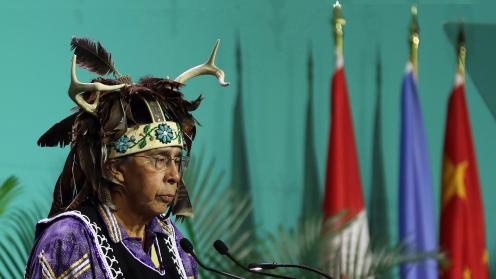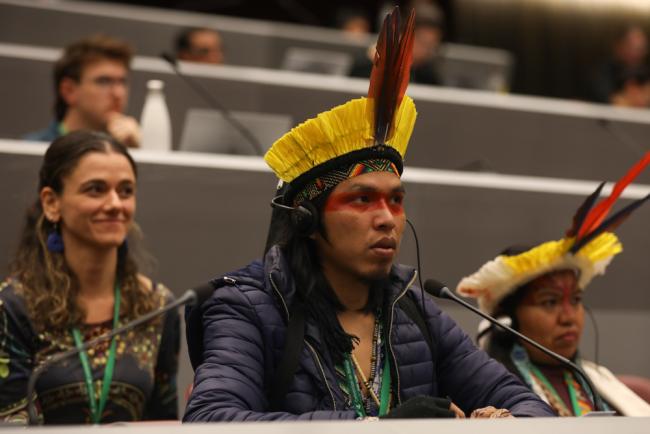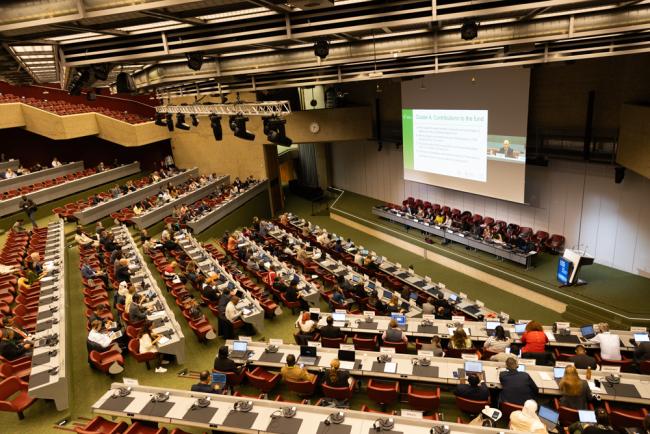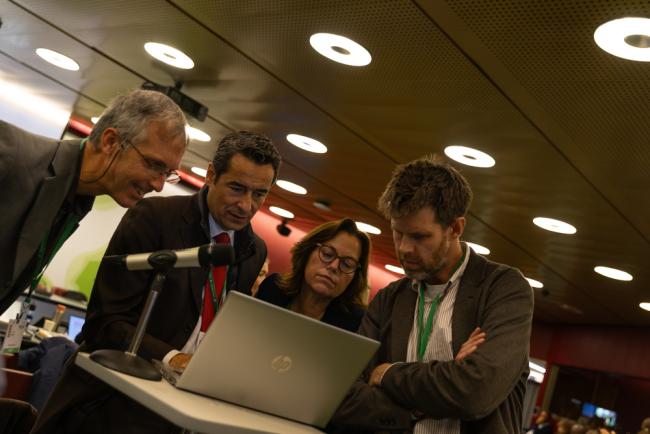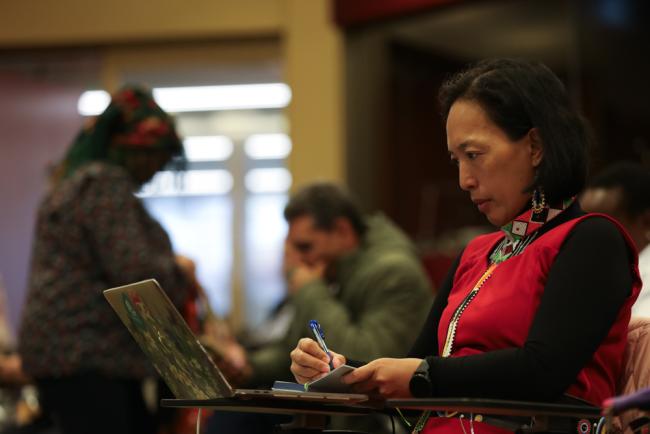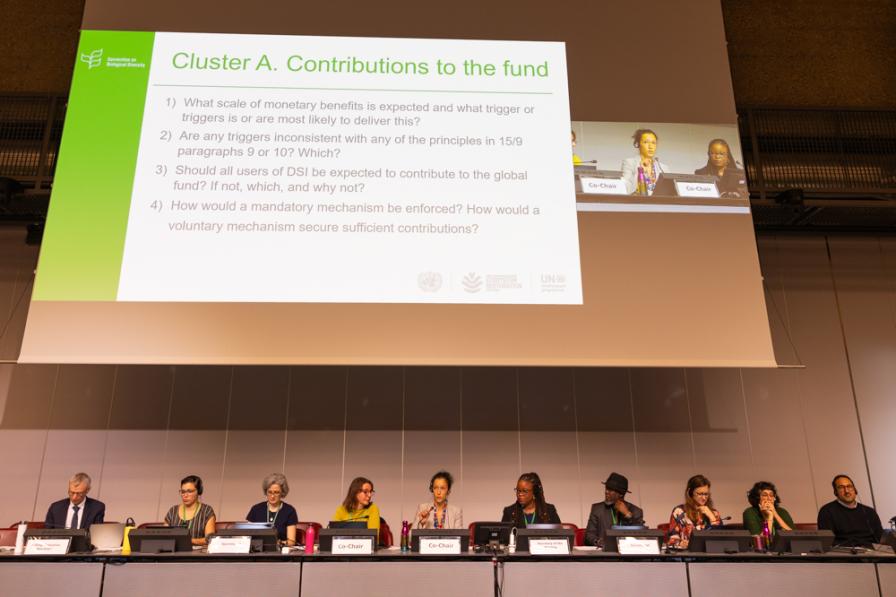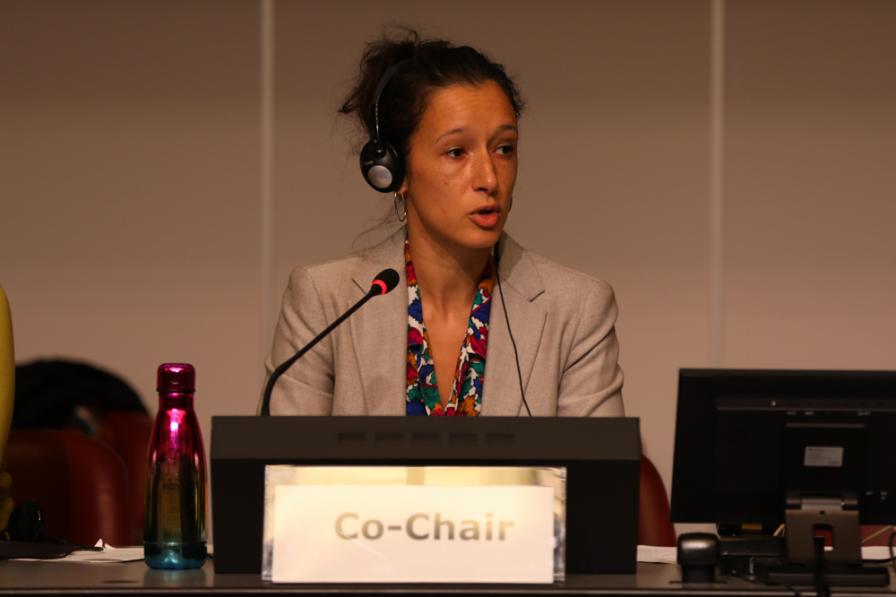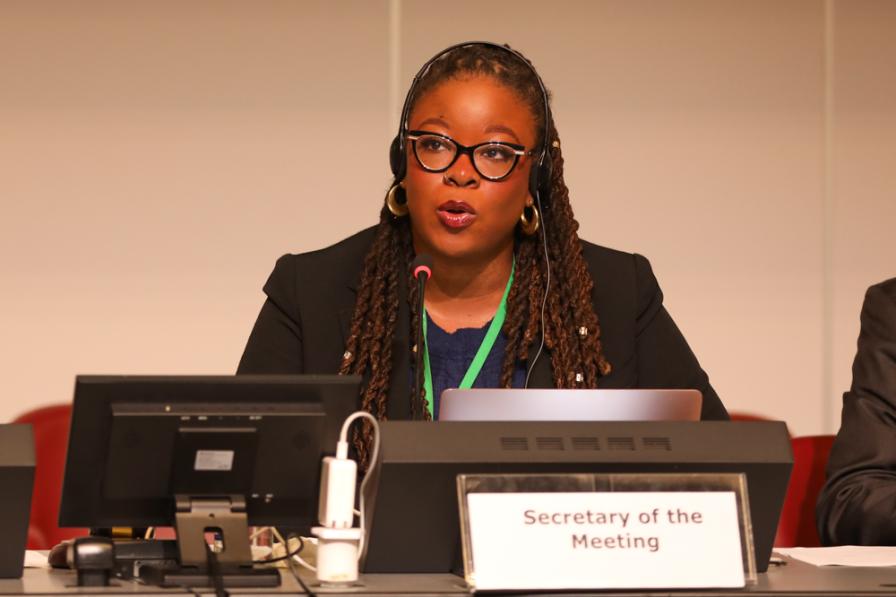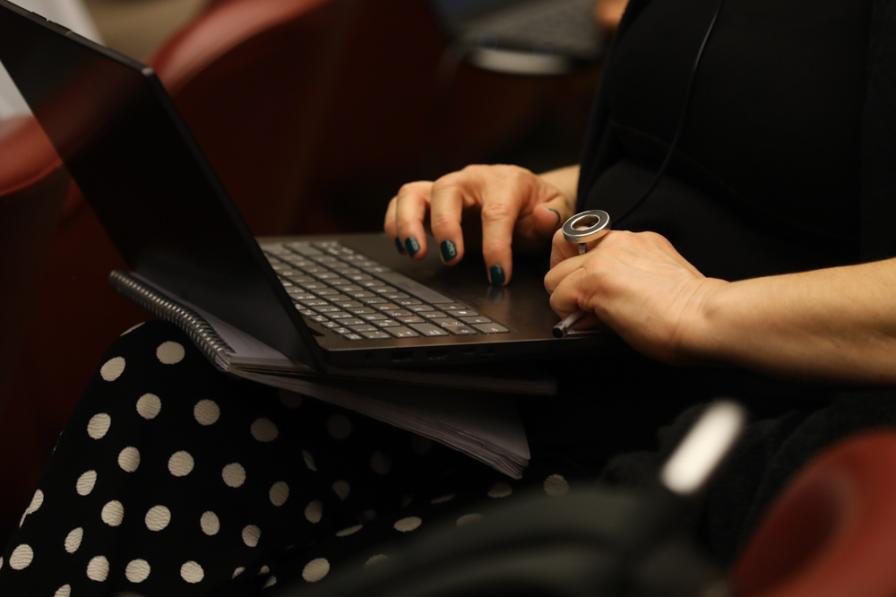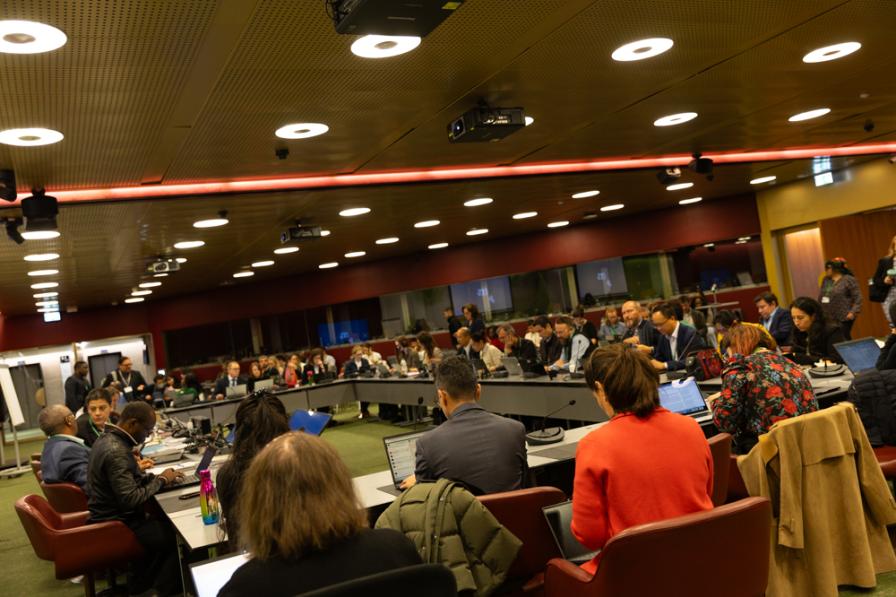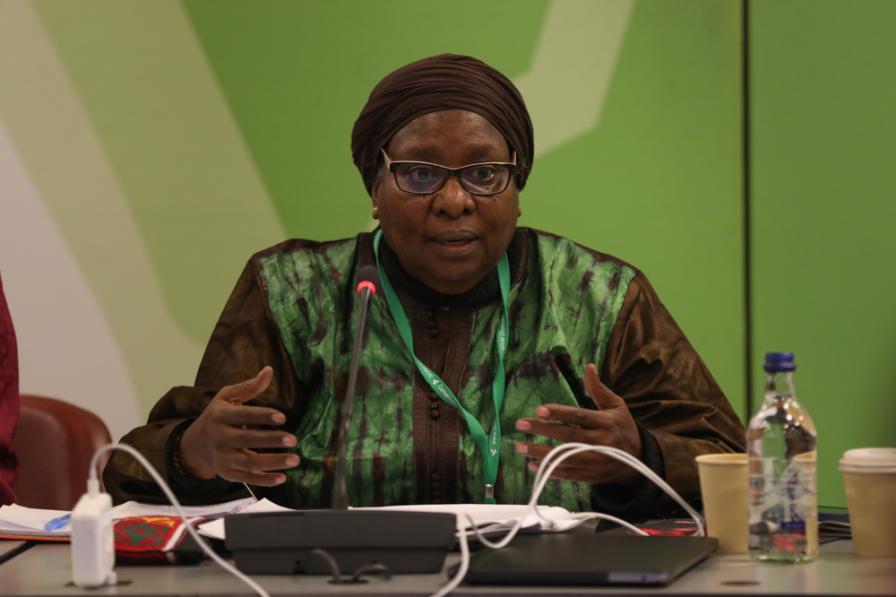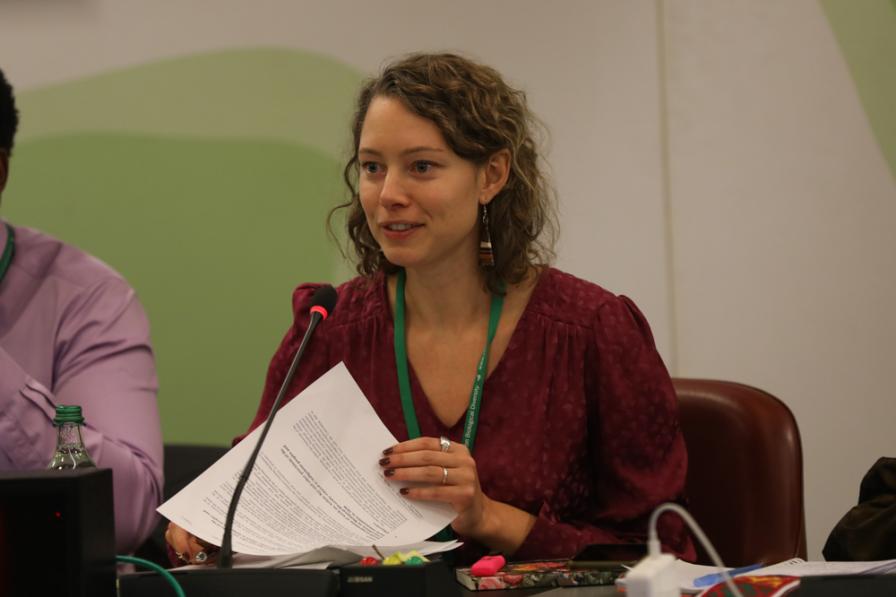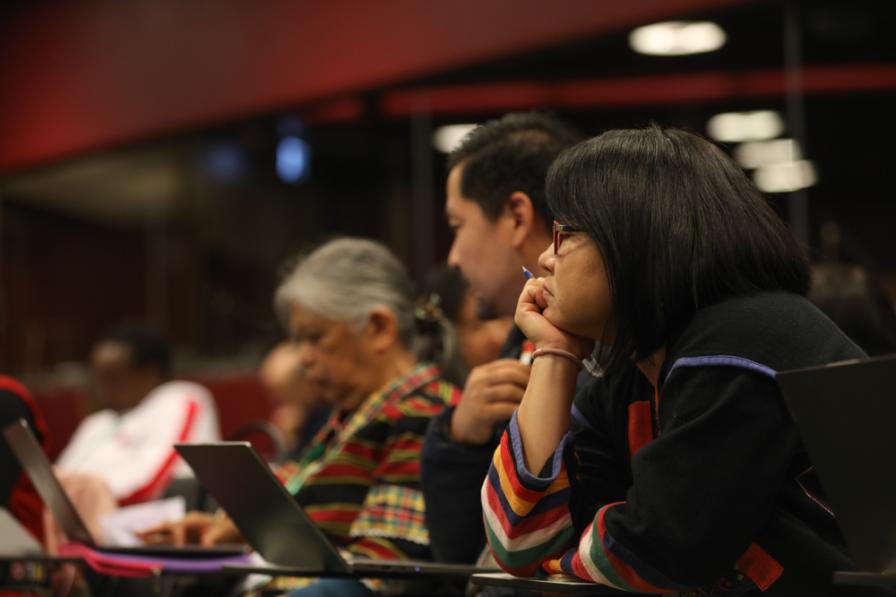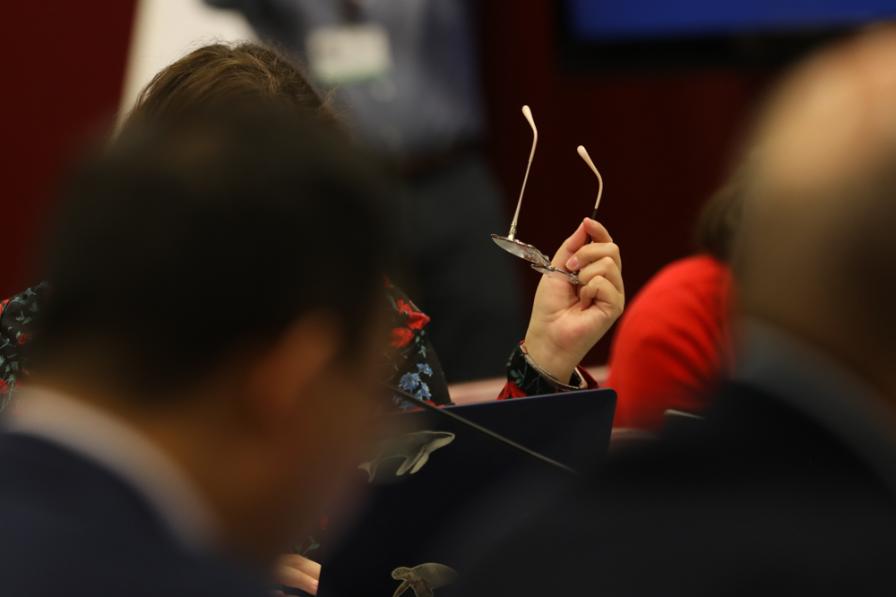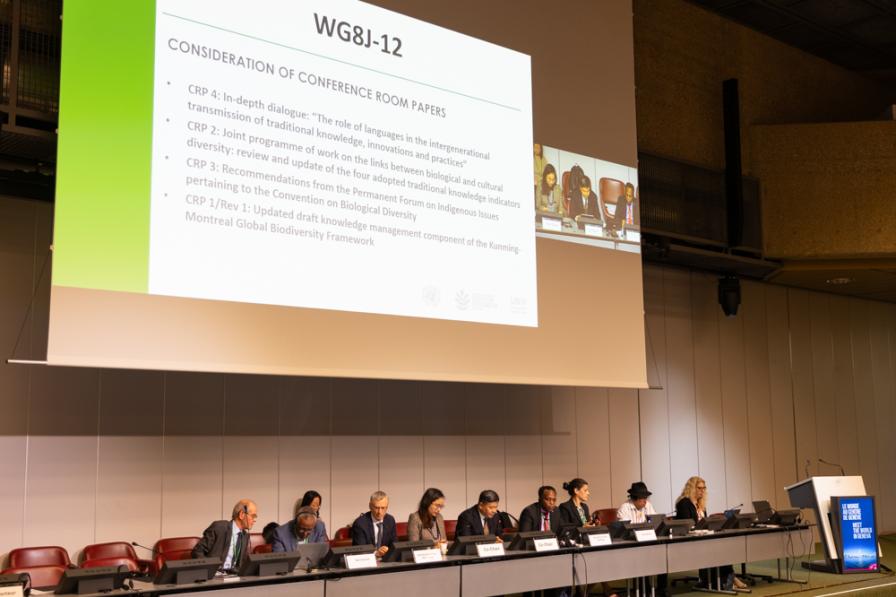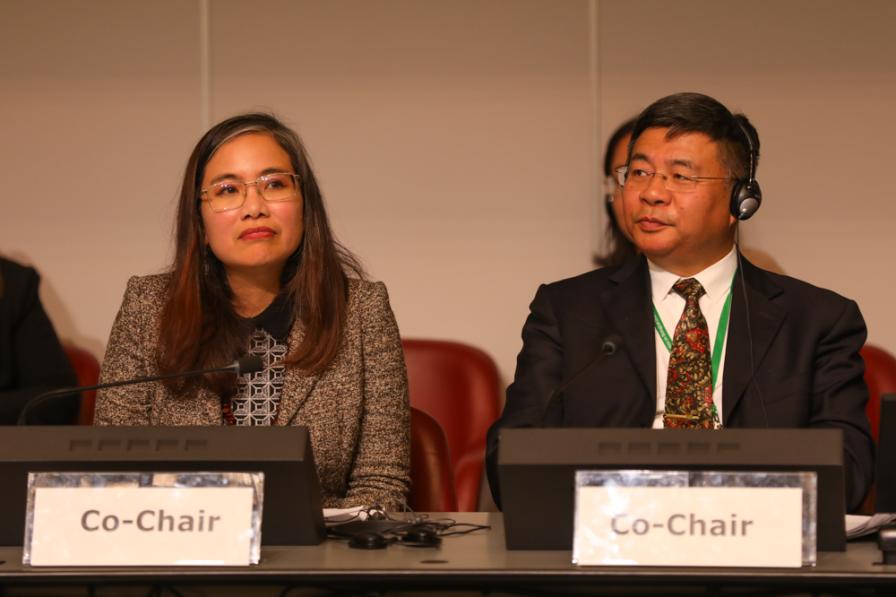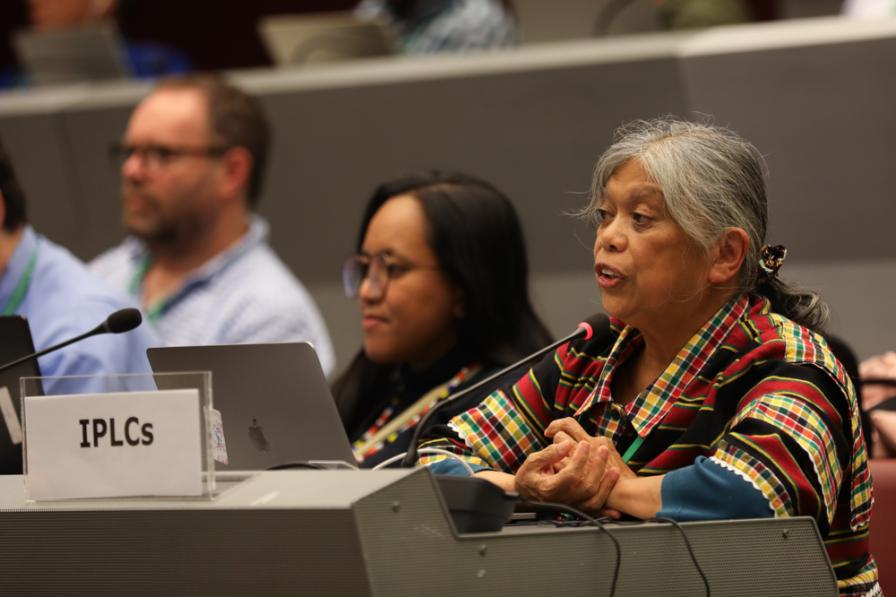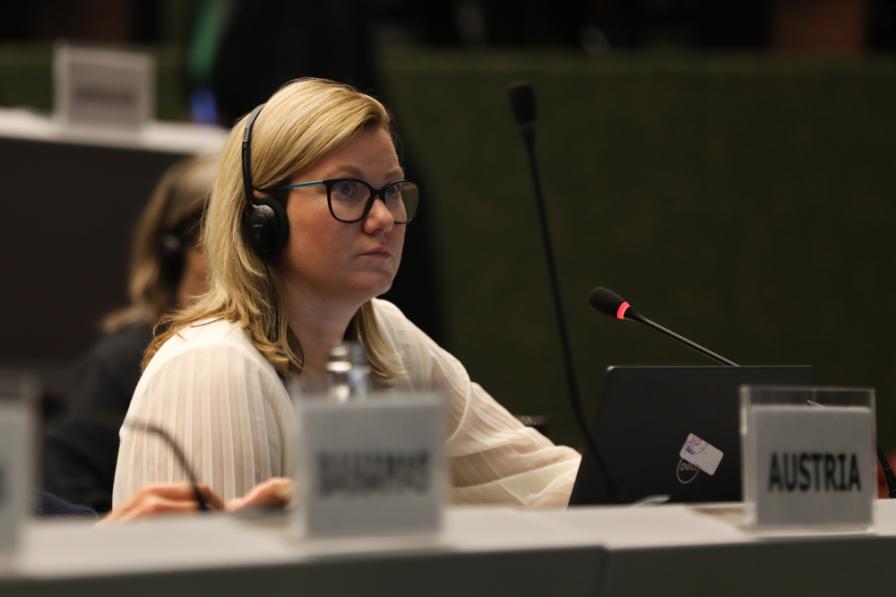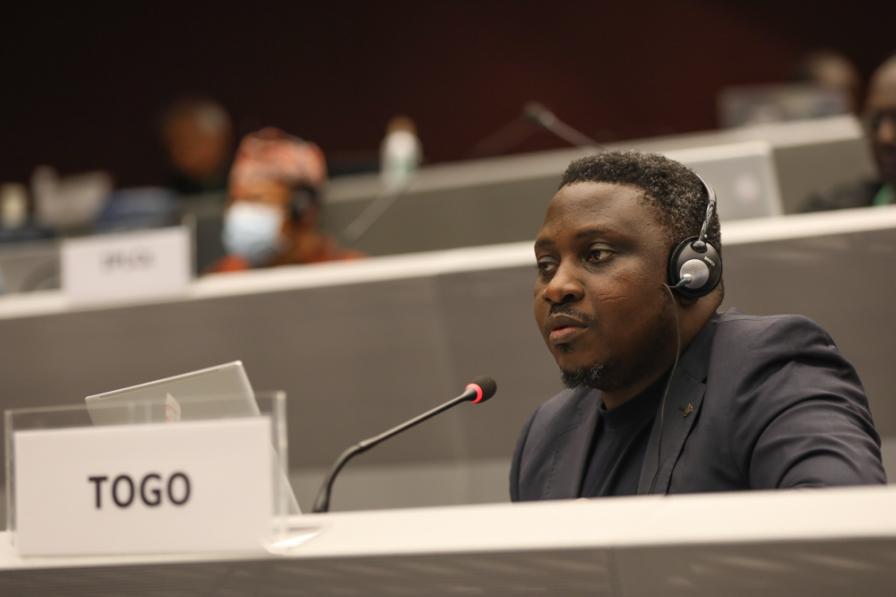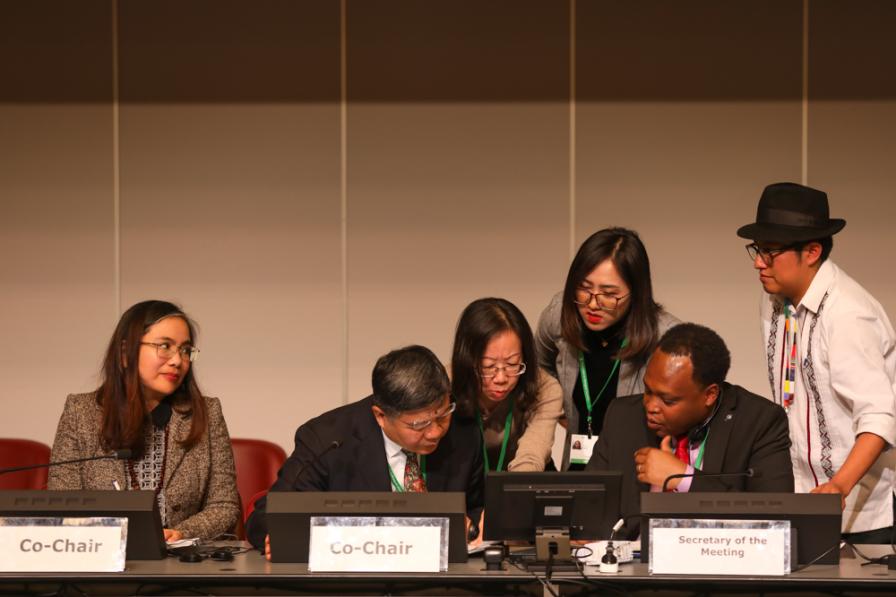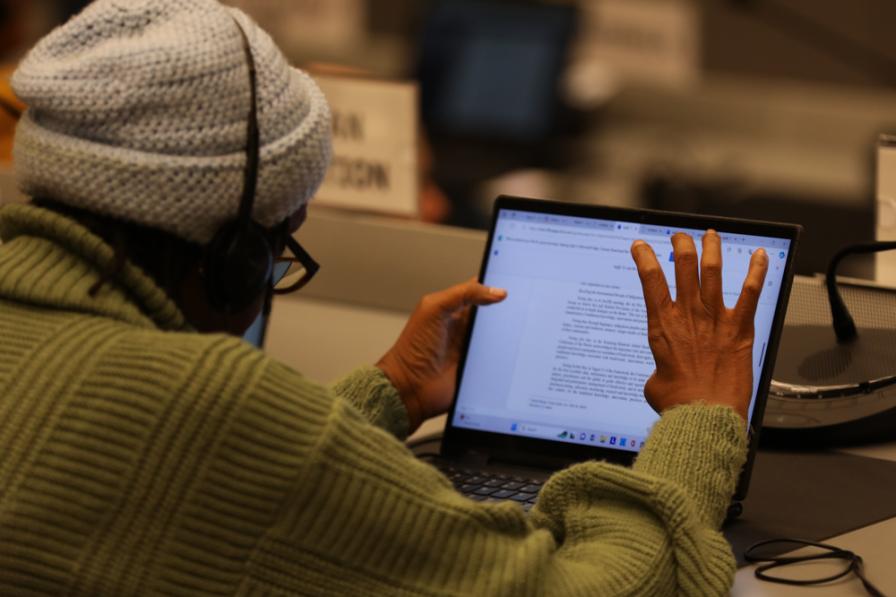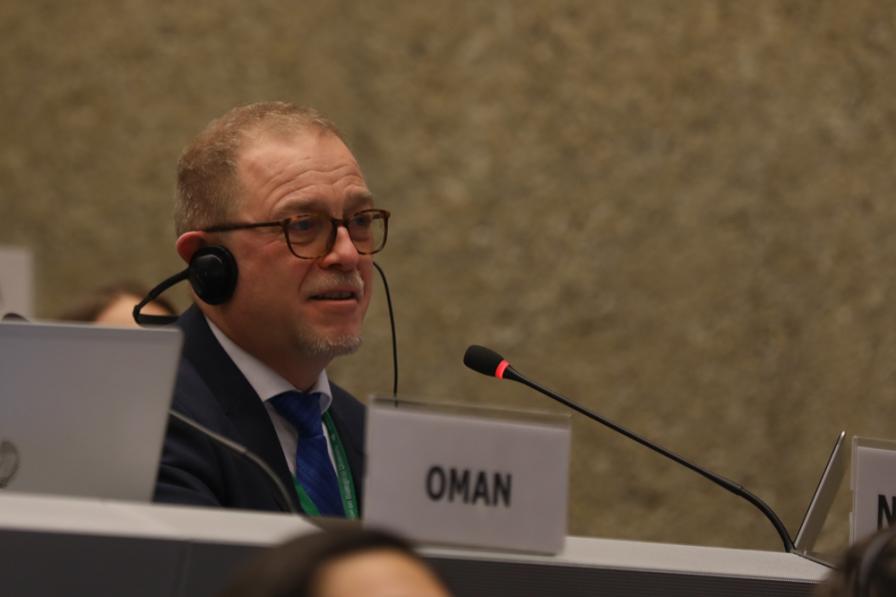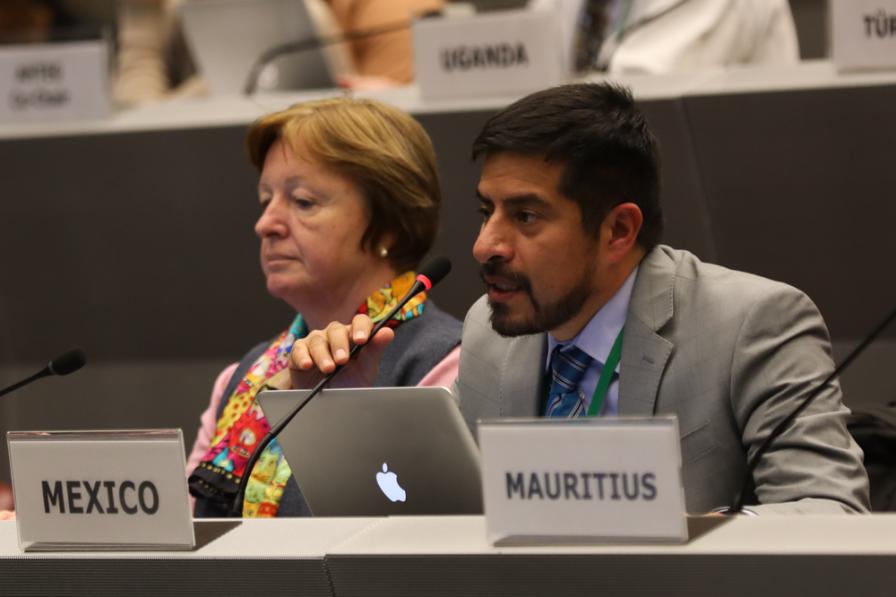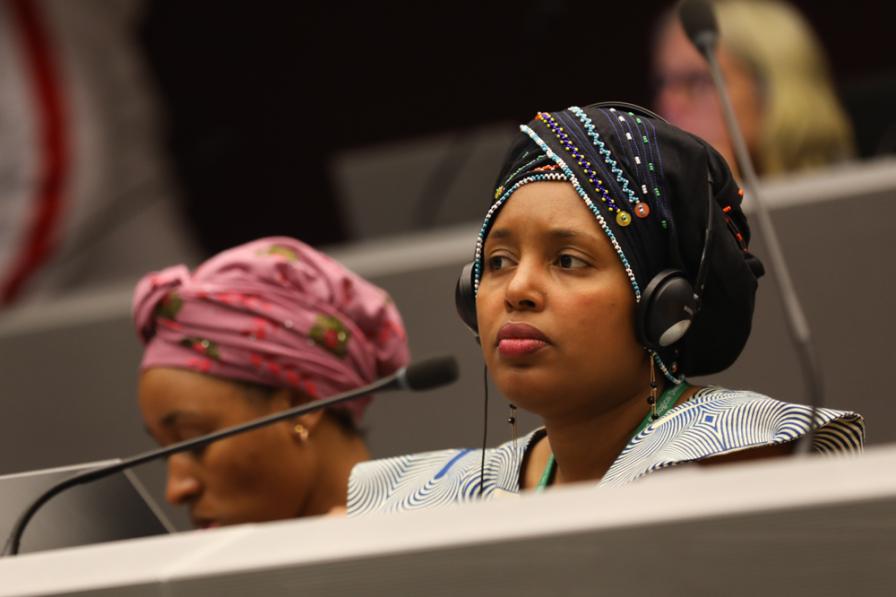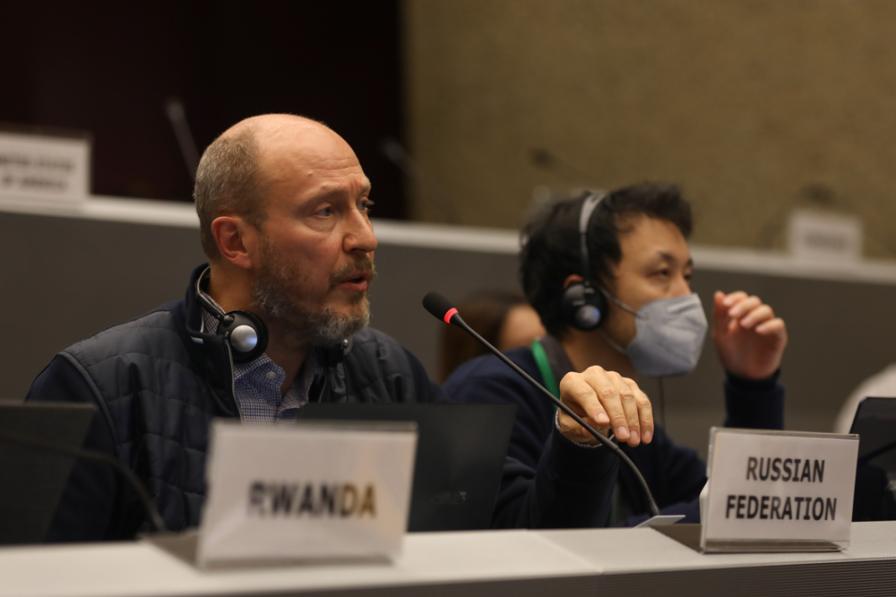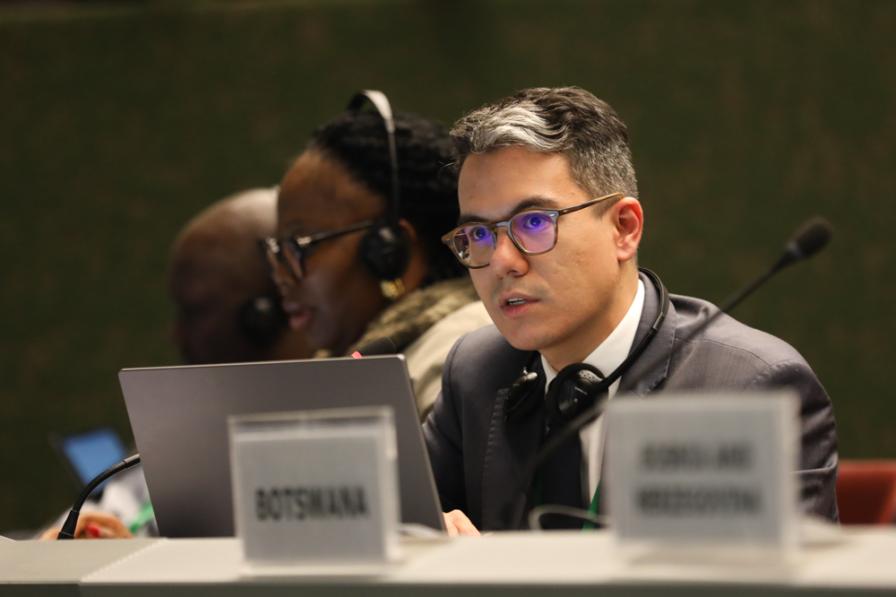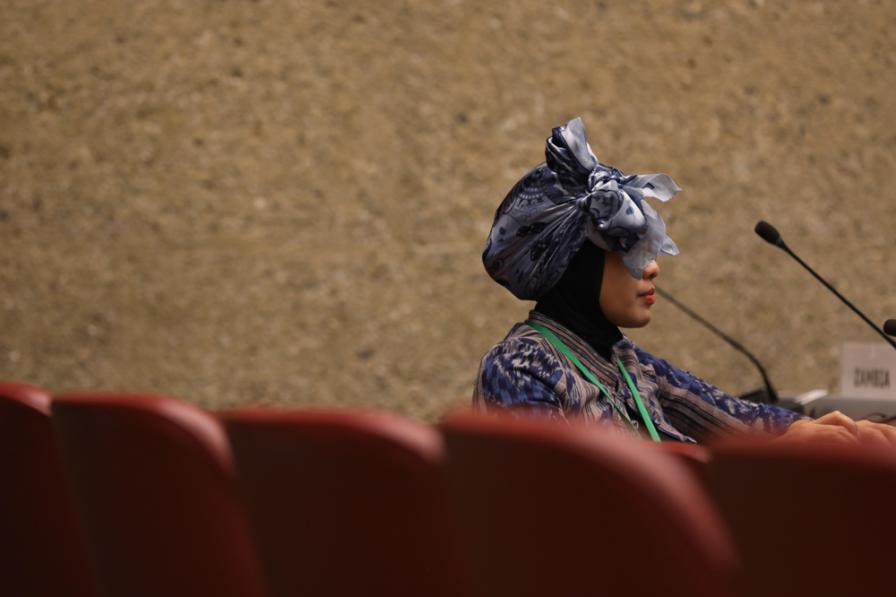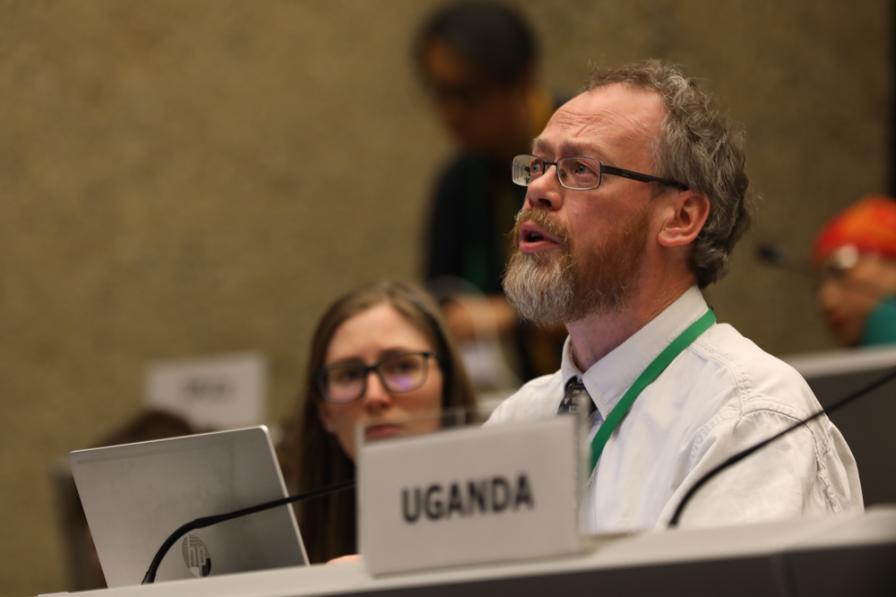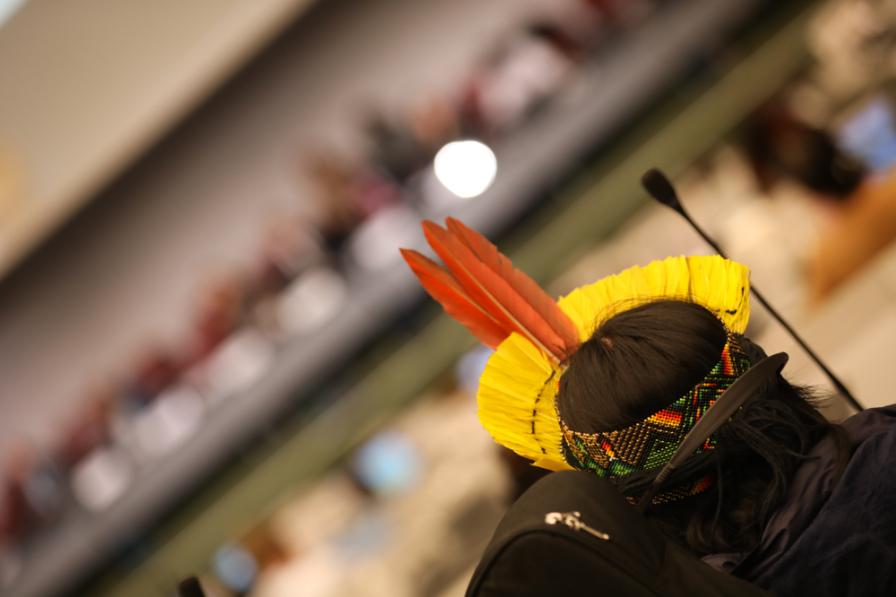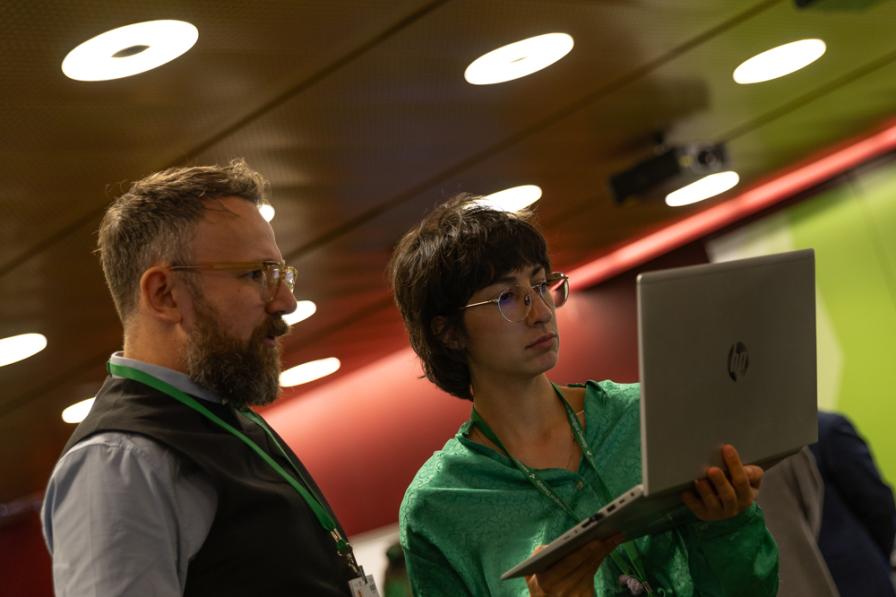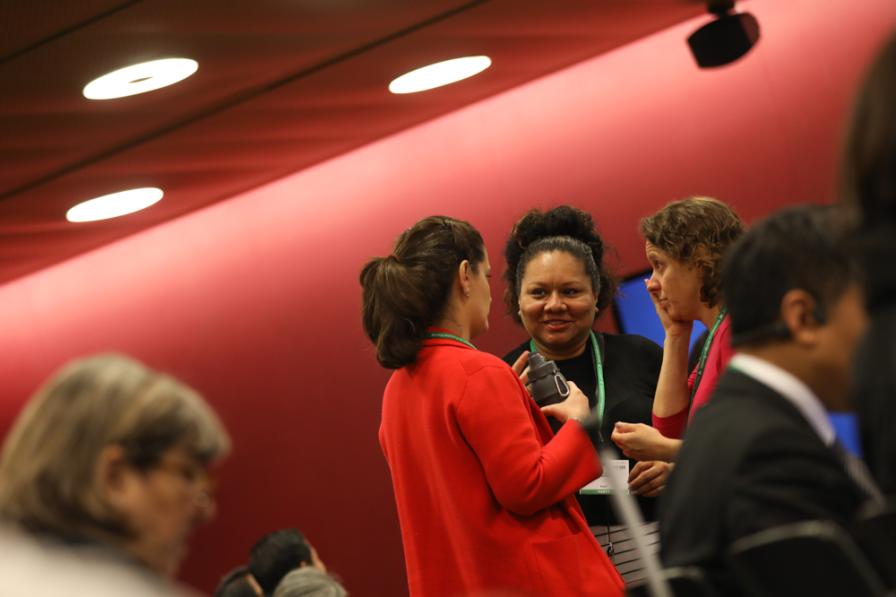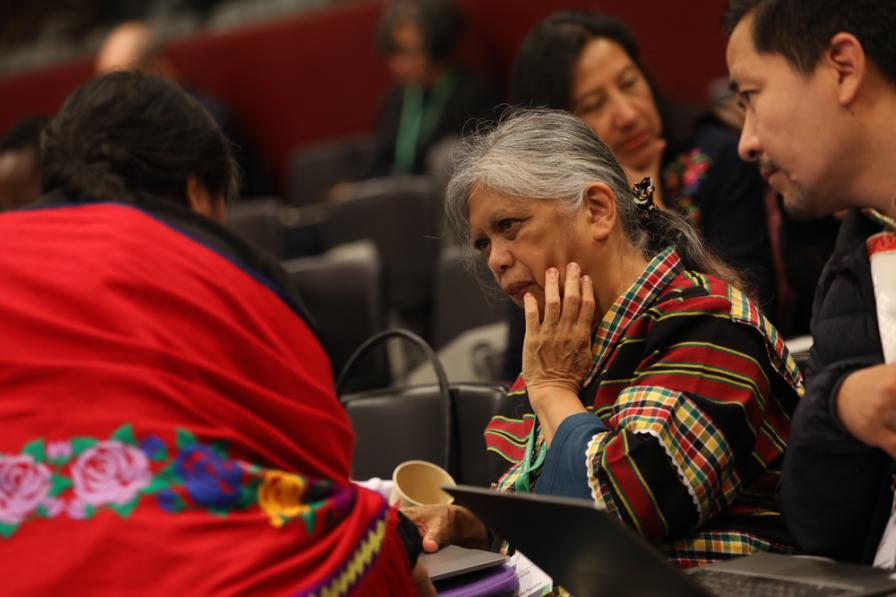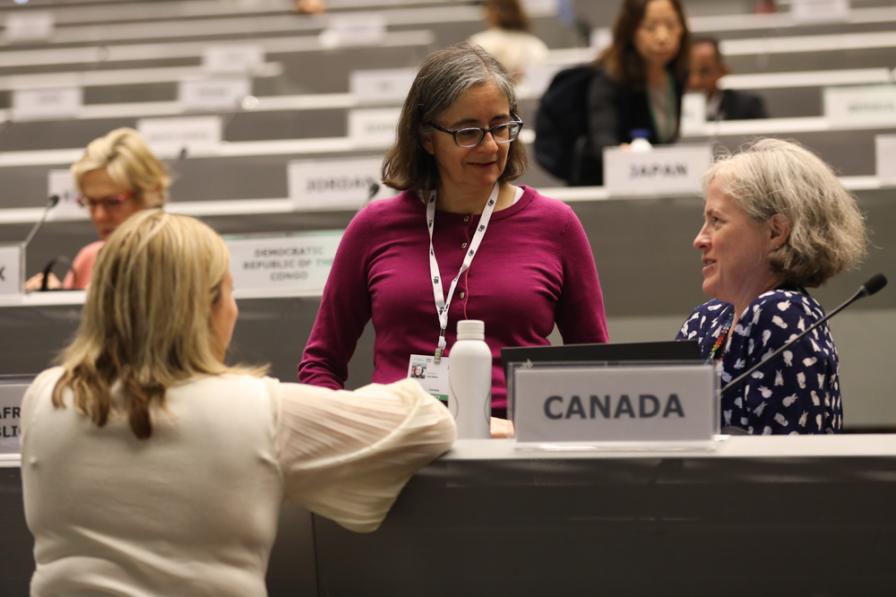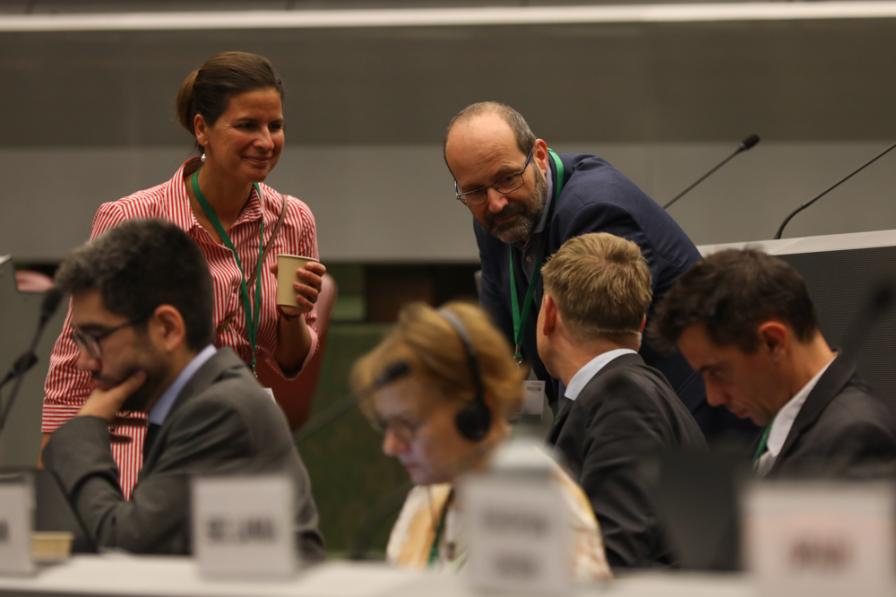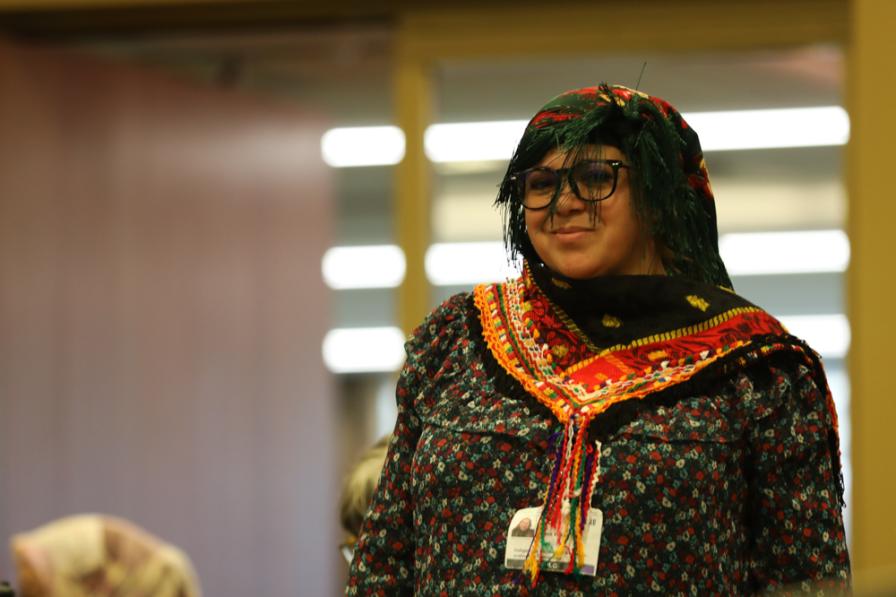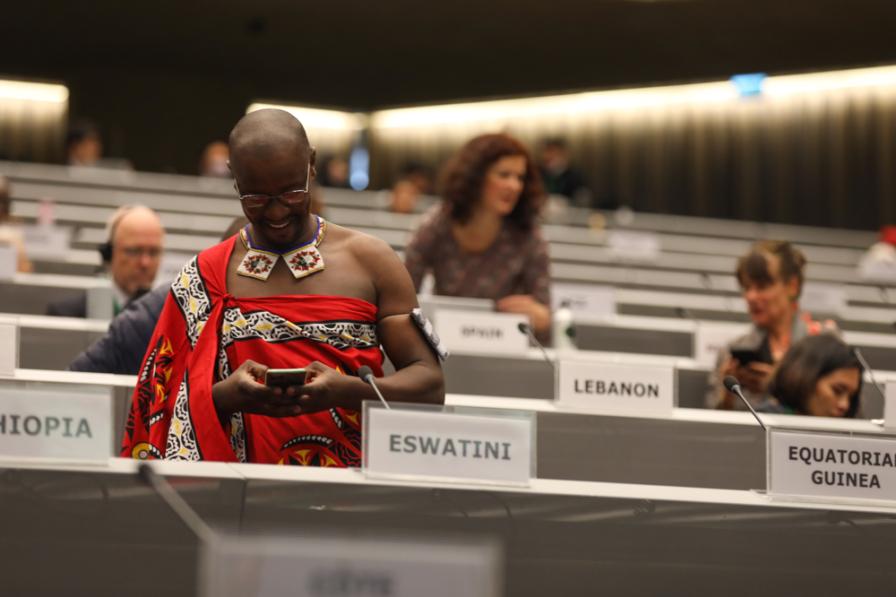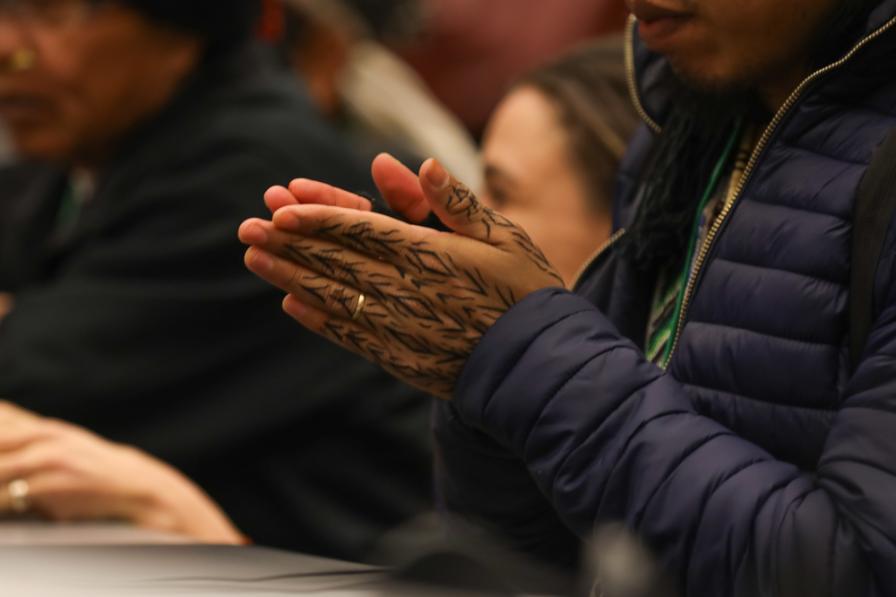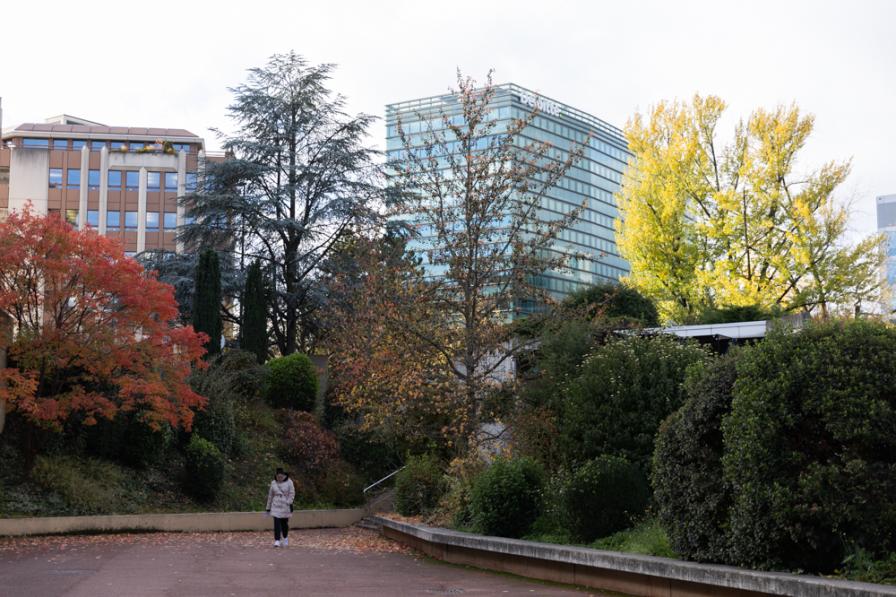What scale of monetary benefits is expected from the utilization of digital sequence information (DSI) on genetic resources, and what trigger is most likely to deliver the desired monetary benefits? Is a voluntary mechanism going to deliver sufficient contributions and, if not, how can a mandatory mechanism be enforced? Who should be the recipients of benefits and how should funding allocations be determined? What are the limitations of existing mechanisms for hosting the DSI fund?
Answers to these questions will be key for the future mechanism for benefit-sharing from DSI on genetic resources.
Want to dig deeper into today's talks? Read the Earth Negotiations Bulletin daily report.
Delegates deliberated throughout the day and into the night under the DSI Contact Group. Some points of convergence emerged in the discussions. These include: the need for timely operationalization of the DSI fund; Indigenous Peoples and local communities (IPLCs) as key recipients of benefits; the need to direct funds towards biodiversity conservation and sustainable use, supporting the implementation of the Kunming-Montreal Global Biodiversity Framework; and the importance of non-monetary benefits, including capacity building and development, and technology transfer.
However, significant diverging opinions remain. These include: the scale of expected monetary benefits and whether a mandatory or voluntary mechanism is the best way to achieve the desired outcome; whether geographic origin can be considered as a distribution criterion, including the applicability of tracking and tracing DSI; and whether disbursement of funds should follow a competitive, project-based approach, or one based on parties’ needs, focusing in particular on the most vulnerable.
Discussions under the Working Group on Article 8(j) and related provisions were no less challenging. Delegates met in plenary in the afternoon to address conference room papers on the role of Indigenous languages, and on reviewing and updating the indicators on traditional knowledge. Discussions on indicators for trends in land-use change and land tenure in the traditional territories of IPLCs, and, in particular, a reference to “environmental human rights defenders” led to lengthy debate.
Deliberations continued throughout the day and into the night in the Contact Group on the new programme of work and institutional arrangements. Delegates focused on elements on: knowledge and culture; strengthening implementation and monitoring progress; the full and effective participation of IPLCs; the human rights-based approach; and funding for IPLCs for conservation, restoration, and sustainable use of biodiversity. They further continued discussions on the potential establishment of a permanent subsidiary body on Indigenous issues.
To receive free coverage of global environmental events delivered to your inbox, subscribe to the ENB Update newsletter.
All ENB photos are free to use with attribution. For CBD Article 8(j) and DSI, please use: Photo by IISD/ENB | Kiara Worth.
